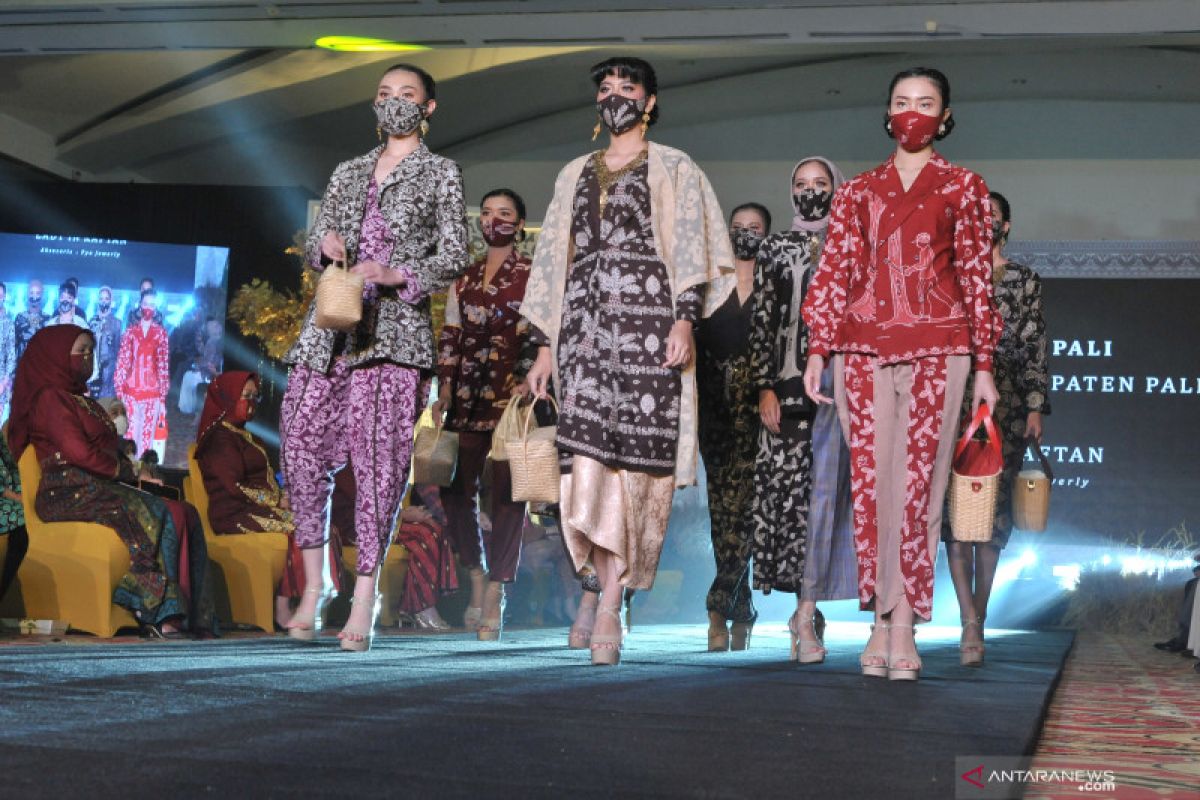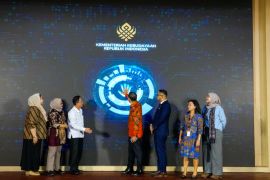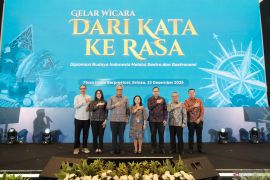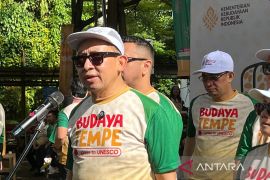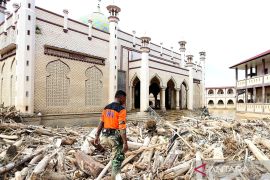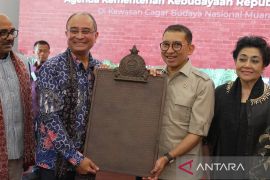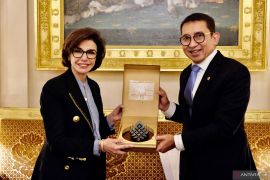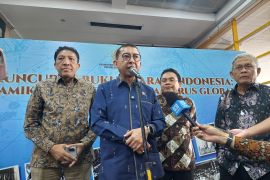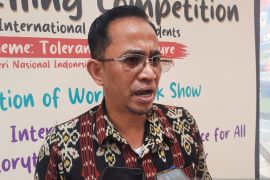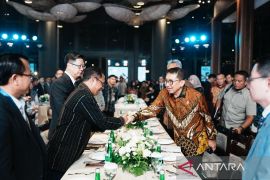We have to work on traditional fabric with a more global taste immediately. The shape has to be more simple, just like clothes that exist in Indonesian mallsJakarta (ANTARA) - Indonesia is blessed with rich cultural diversity, whether in the form of archeological sites or highly valued crafts, such as the weaving of traditional fabric.
If they are utilized effectively, they can bring beneficial economic value to the people.
Some of the textiles reflecting the countries' cultural richness that have been showcased by the fashion industry are batik, songket, and woven fabric with different motifs from various regions. If the fabric is a woven product, not a printed one, then its value is high.
According to Prof. Dr. Lilawati Kurnia from University of Indonesia's Cultural Faculty, Indonesia's traditional fabric has the same large potential economic value as tourism, if handled properly.
Promoting the nation's fabric also aligns with regional tourism development, as long as it does not just promote well-known fabric, she told ANTARA on Friday.
Kurnia cited the example of Dayak Iban ikat, one of the nation's ancient fabrics that is experiencing scarcity. Beyond the lack of a new generation of weavers, the material for the dye is also hard to get since it uses natural coloring.
According to Kurnia, ikat is often marketed in Malaysia and it is more well-known there. The world's collectors are also hunting for ikat pieces and are willing to pay a high price for them.
For Kurnia, fabrics with ancient motifs need to be developed in earnest because they can help raise the economic value for weavers.
Related news: Tracking the spice trail to Banda
Consumer education
Almost all Indonesians own at least one piece of clothing made of traditional fabric. Most can tell the difference between batik, songket, and woven fabric, Kurnia said.
However, only a small percentage of them can tell the difference between real fabric and printed fabric, she added.
Printed batik, songket, and woven fabric are sold at a cheap price, she said. Meanwhile, fabrics that are made by weavers are more expensive since they take a long time to create, she explained.
Therefore, it is important to educate consumers regarding the high price of products made by weavers, she said. Especially, since there are a number of weavers who are on the verge of bankruptcy, she added.
Education related to traditional fabric and its development for the fashion industry have to be carried out in tandem with other industries such as tourism, industry, and education, she suggested.
Related news: A sneak peek into rengkam paradise Amat Belanda Island
Considering how old weavers are on average, crafting traditional fabric should be included in the curriculum of schools near areas where the weavers live, so that the craft does not become extinct, she added.
Global taste design
Meanwhile, national chairman of Indonesian Fashion Chamber (IFC), Ali Charisma, said that to help traditional fabrics reach the international market, clothing design has to cater to a global and not just Indonesian audience.
Most of the clothes designed using traditional fabric still cater only to Indonesians, even though designers can still follow the colors and style trends from abroad while still using traditional motifs, he observed.
"We have to work on traditional fabric with a more global taste immediately. The shape has to be more simple, just like clothes that exist in Indonesian malls," he explained.
International clothing brands survive since their tastes are global so they fit with everybody, he said.
The market for Indonesia's traditional fabrics is very huge and there are scores of buyers who are looking for them, he noted.
The unique motifs from each region can be explored further for gaining a higher economic value, he added.
Targeting the middle market segment, which has a large and global purchasing power, using motifs inspired by local cultures, is a legitimate option instead of chasing global trends, but abandoning features that make the traditional fabrics uniquely Indonesian in the process.
"This isn't because we are not supporting entrepreneurs, it's just that entrepreneurs who use batik and woven fabric have limited (market). Economically speaking, this will be hard to pursue in terms of making them global, price, and consistency," he elaborated.
Related news: On the scent of the Dutch nutmeg on Banda Islands
It would be a different story if the goal is to preserve culture while also boosting the economy, he added.
New Innovations
Most traditional fabrics usually have motifs that are passed on for generations. There is nothing wrong with this, but to attract younger or broader consumers, new innovations in terms of motif design is needed, he remarked.
However, ancient motifs can still be used to attract high class consumers or collectors, he added.
Ancient motifs will always be sought out by high class consumers, but new innovations can make traditional fabrics more fresh with different colors, he opined.
Related news: President dresses in NTT traditional attire at flag hoisting ceremony
"So the product can be enjoyed and feel modern," Charisma remarked.
He said that he hopes a younger generation emerges with a passion to design new motifs that can be distributed to weavers to produce a new sell value.
Certain platforms of the government or other parties are also needed to provide training to weavers so that they can create motifs that cater to global trends.
Related news: Kadin, INACA explore import of PCR test kits for aviation industry
Related news: Goa Rangko's sunlit charm
Editor: Fardah Assegaf
Copyright © ANTARA 2021
